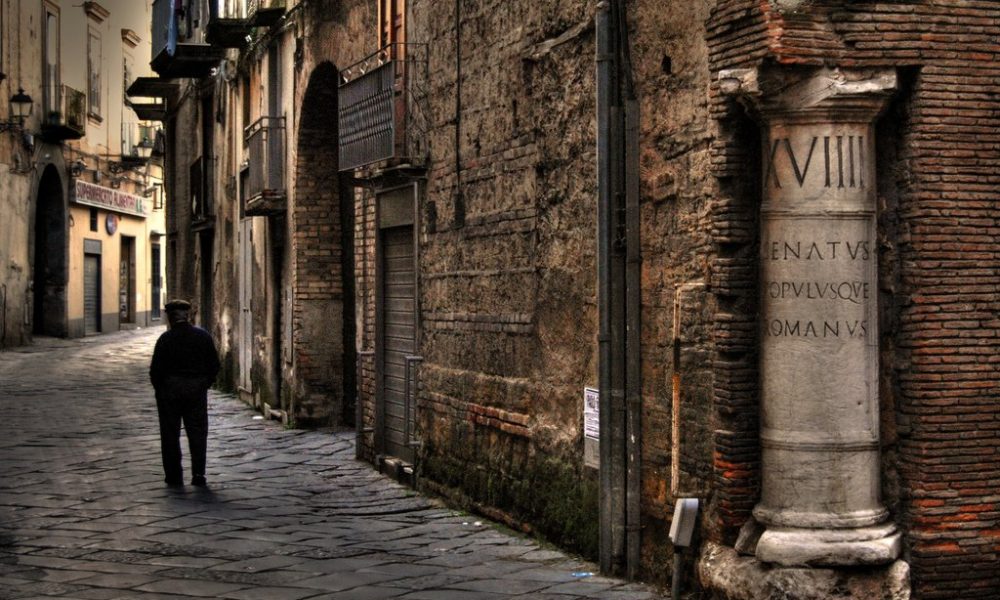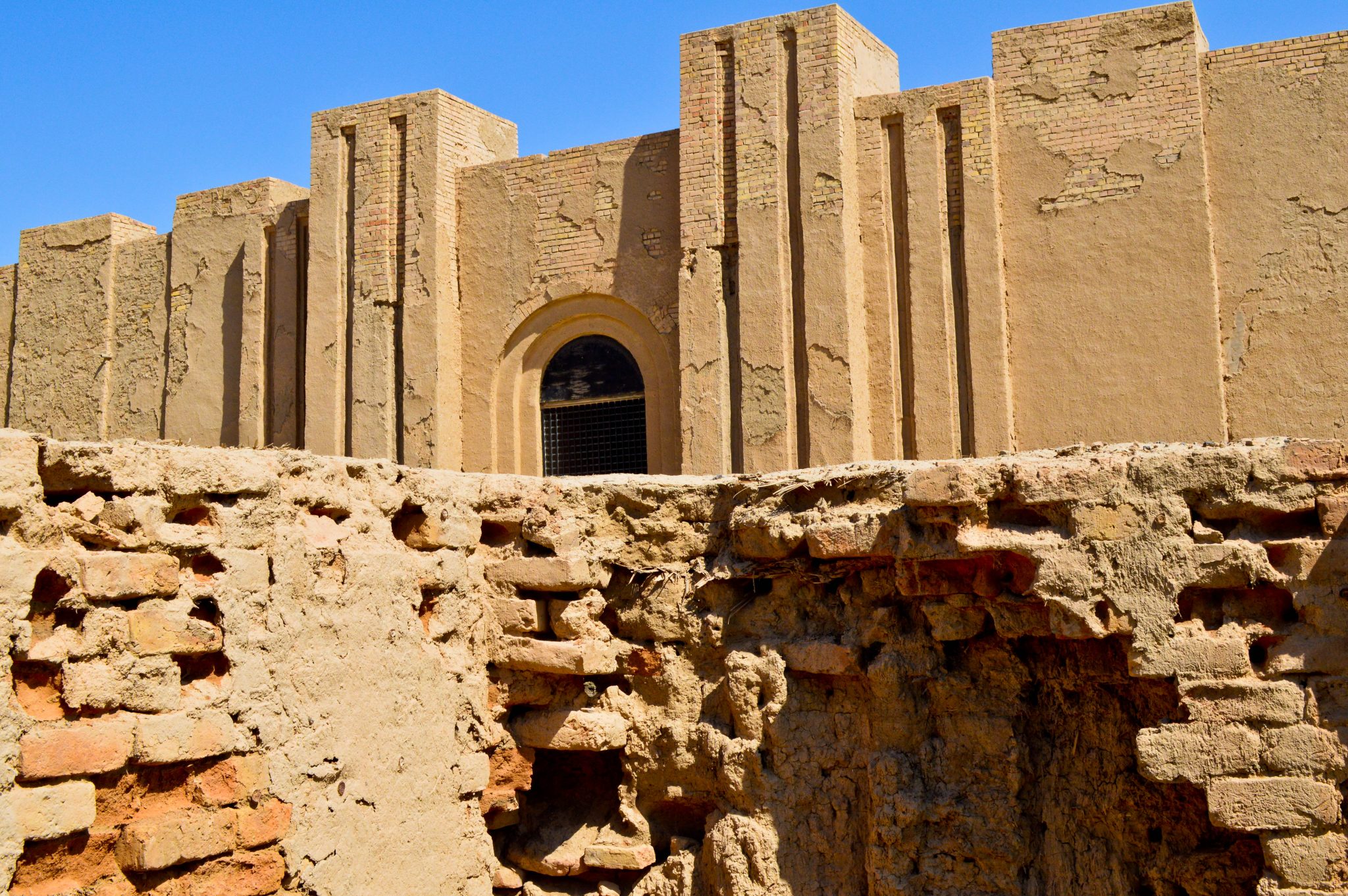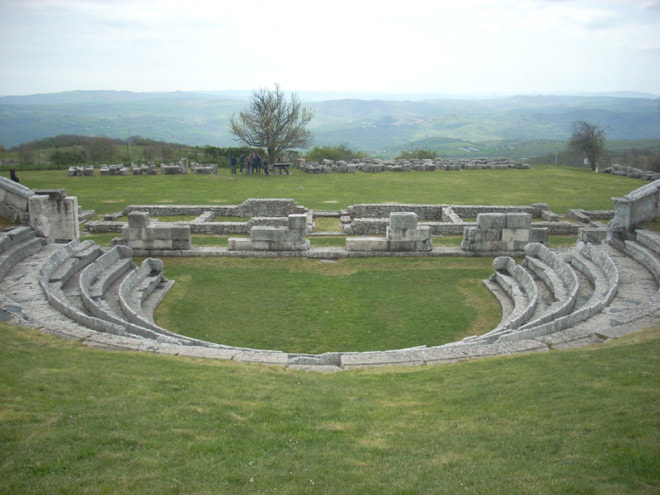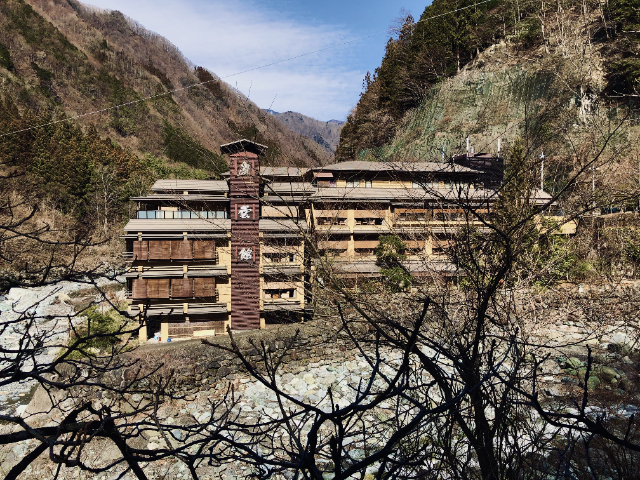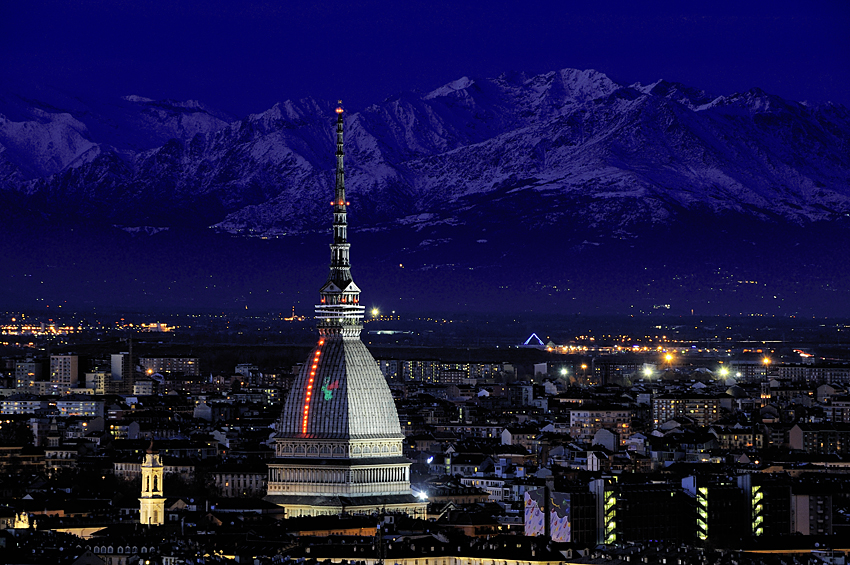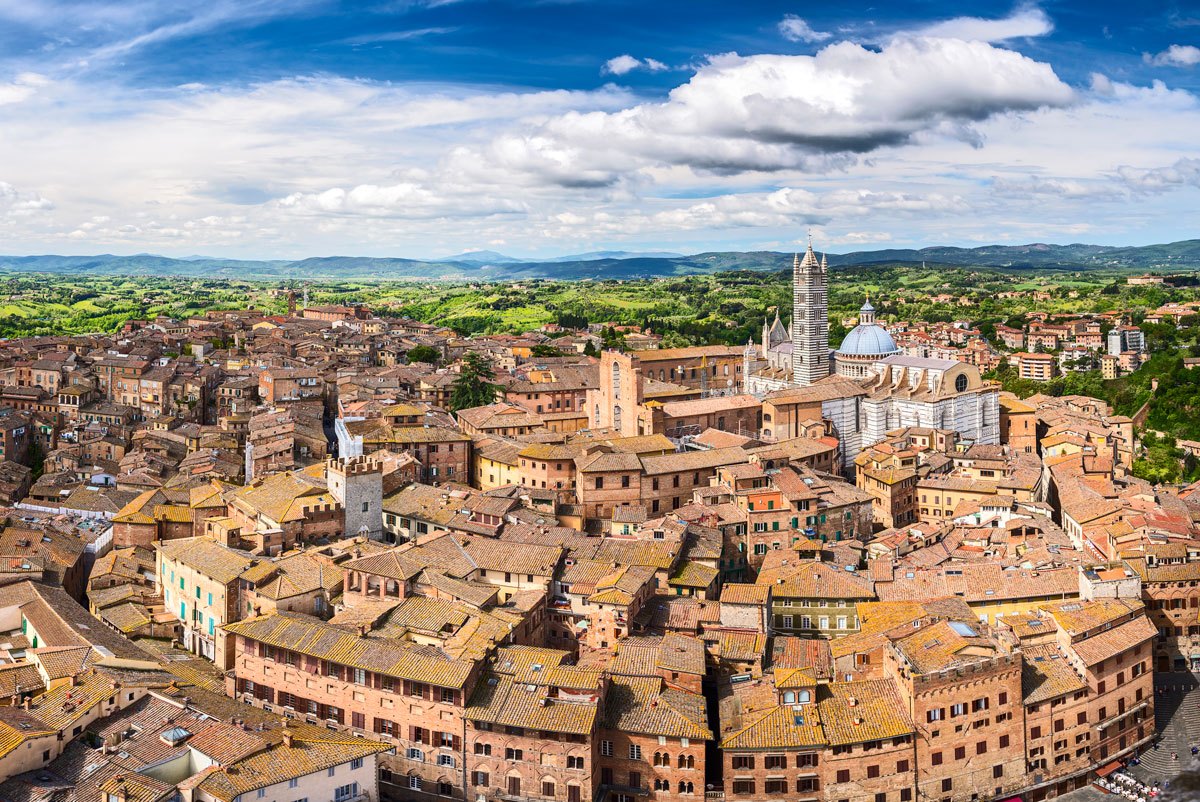Given in feud in 1030 by the Duke of Naples Sergio IV to the Norman Rainolfo Drengot, who surrounded it with walls. It constituted the first Norman county in Italy, whose lords became princes of Capua. During the 14th century, the Angevin court resided there. The city consists of two parts, the modern and the older one, elliptical in shape, with concentric or radial streets. The ancient part is really a jewel full of noble palaces, churches, monasteries and historical finds such as the Roman milestone in the photo.
